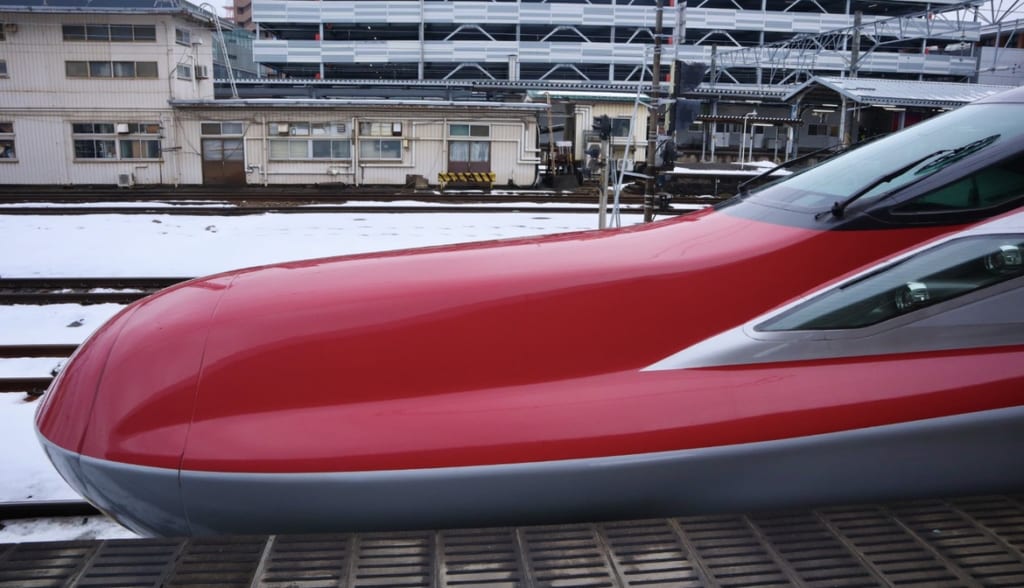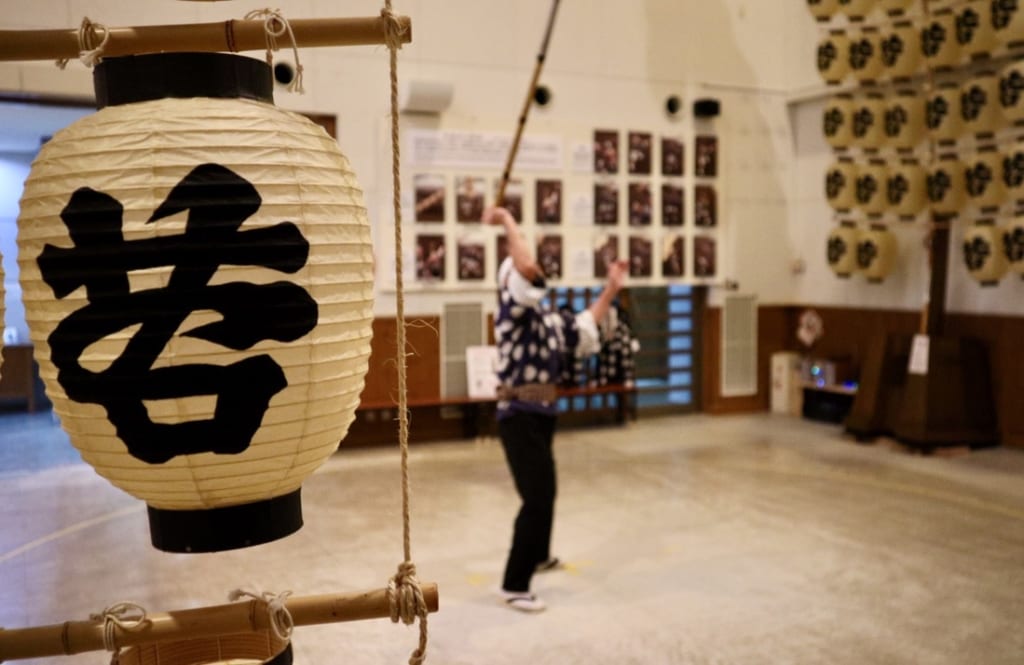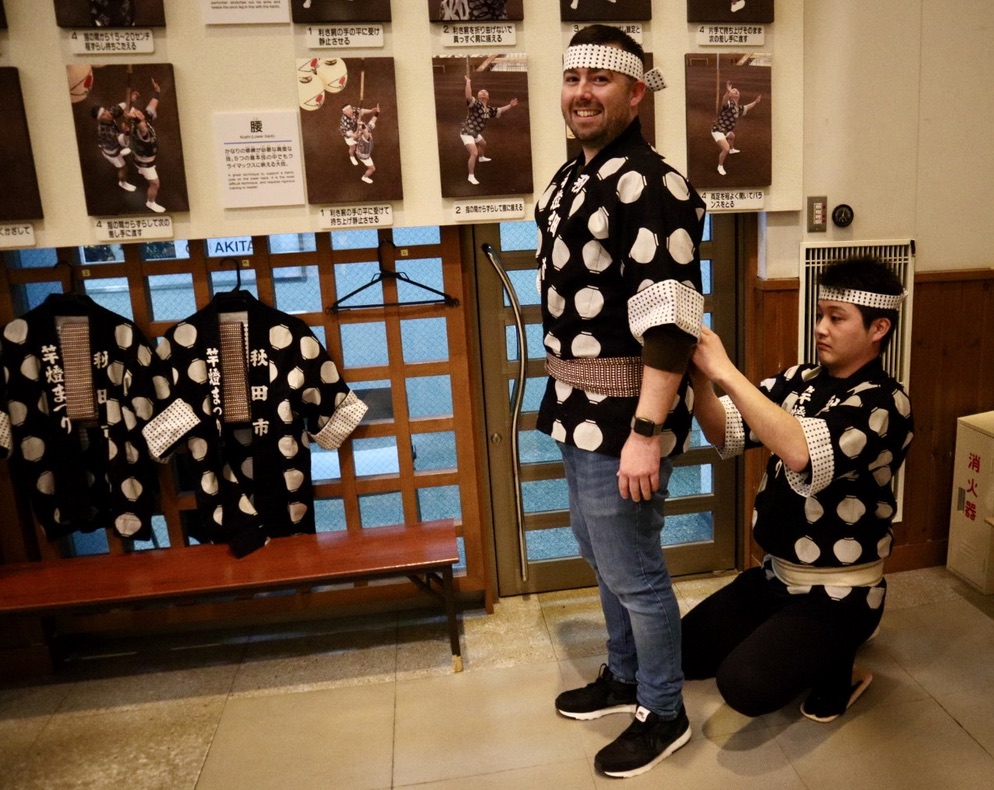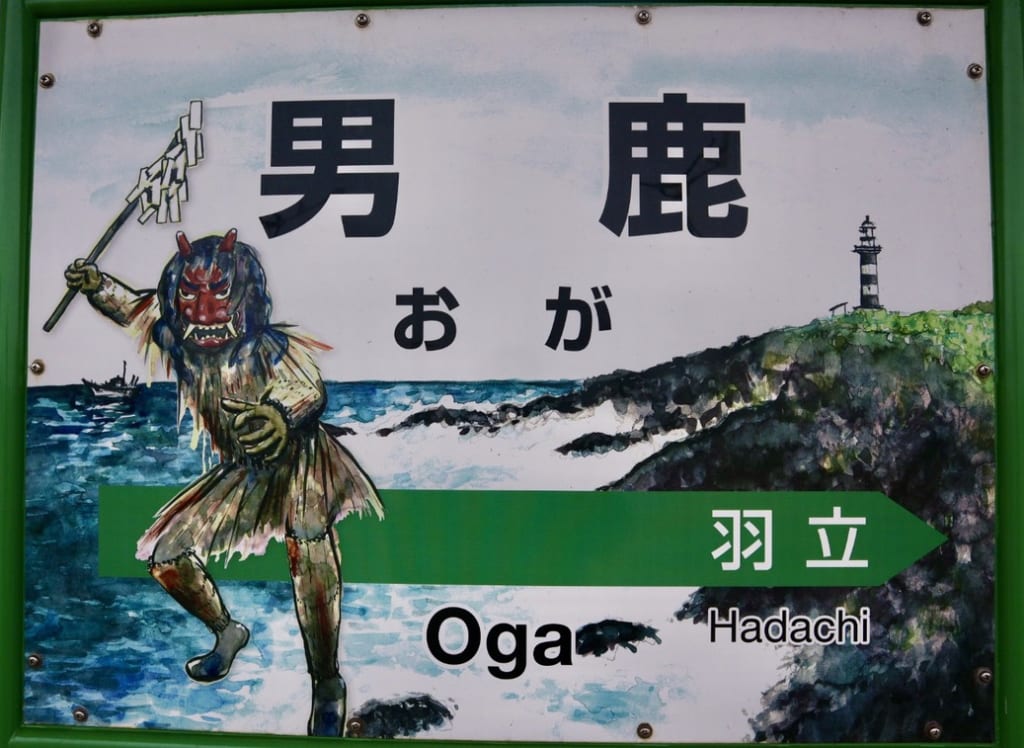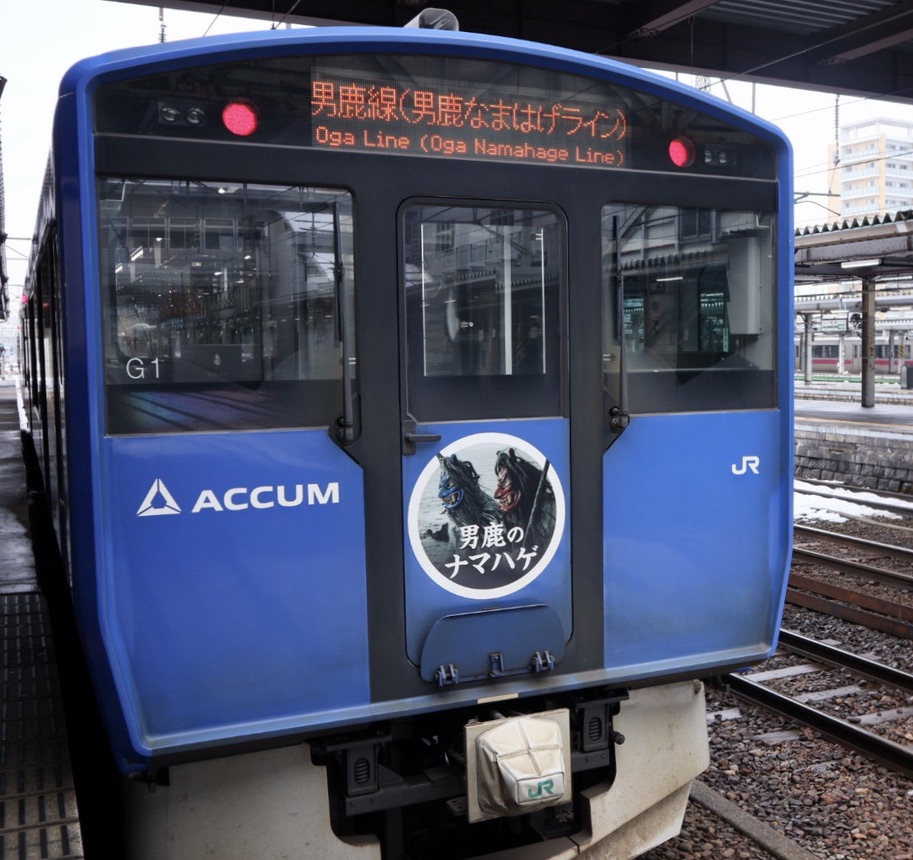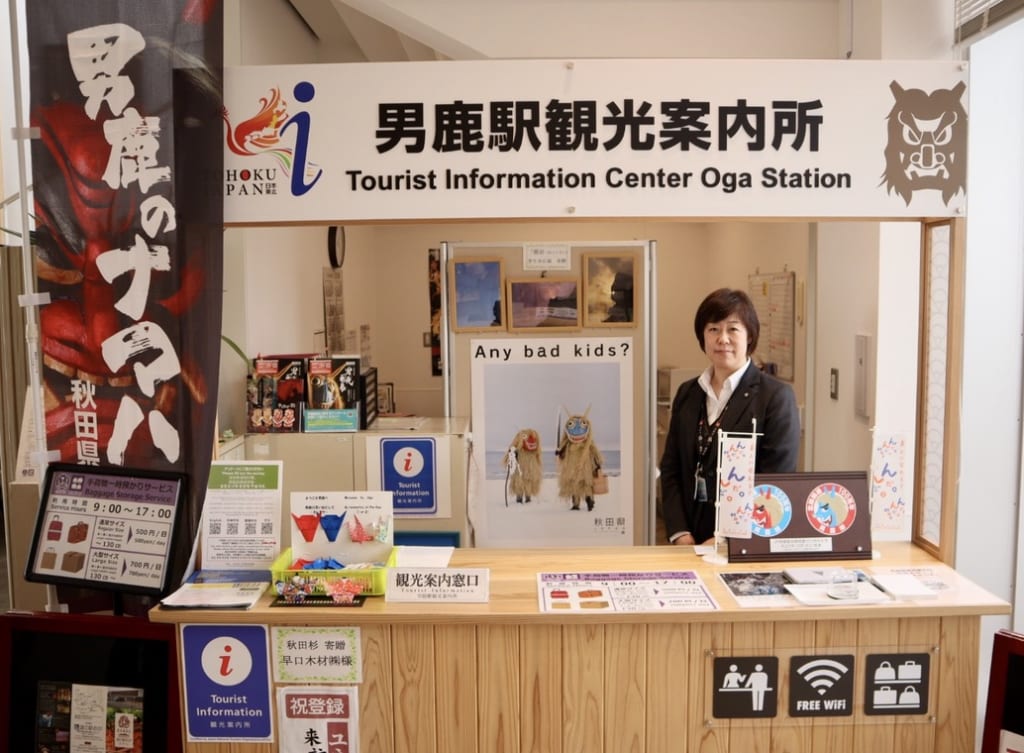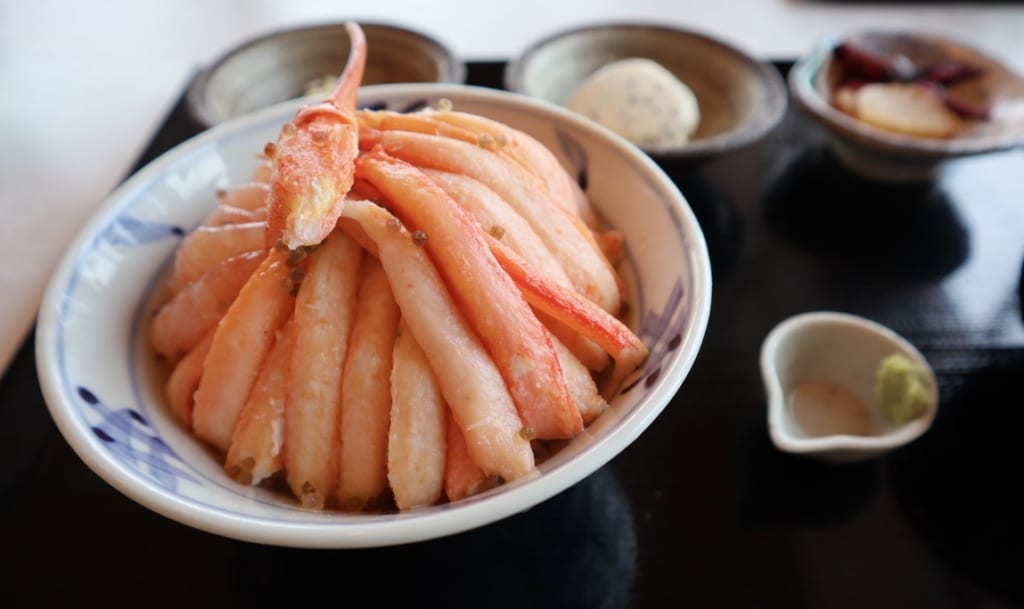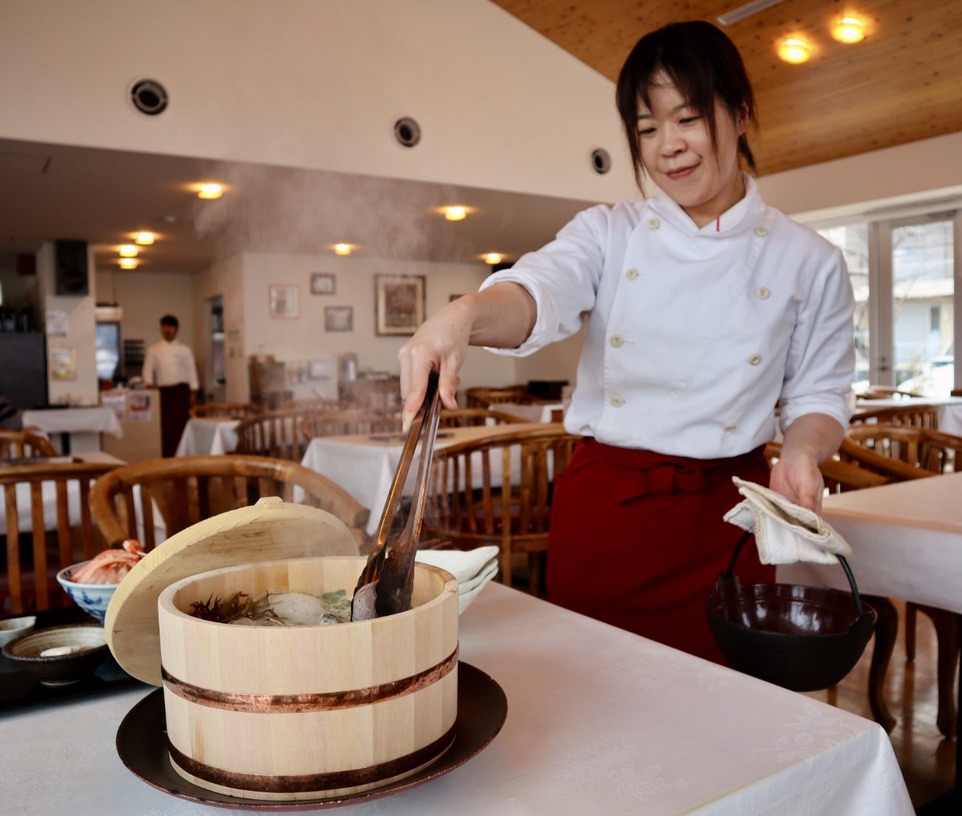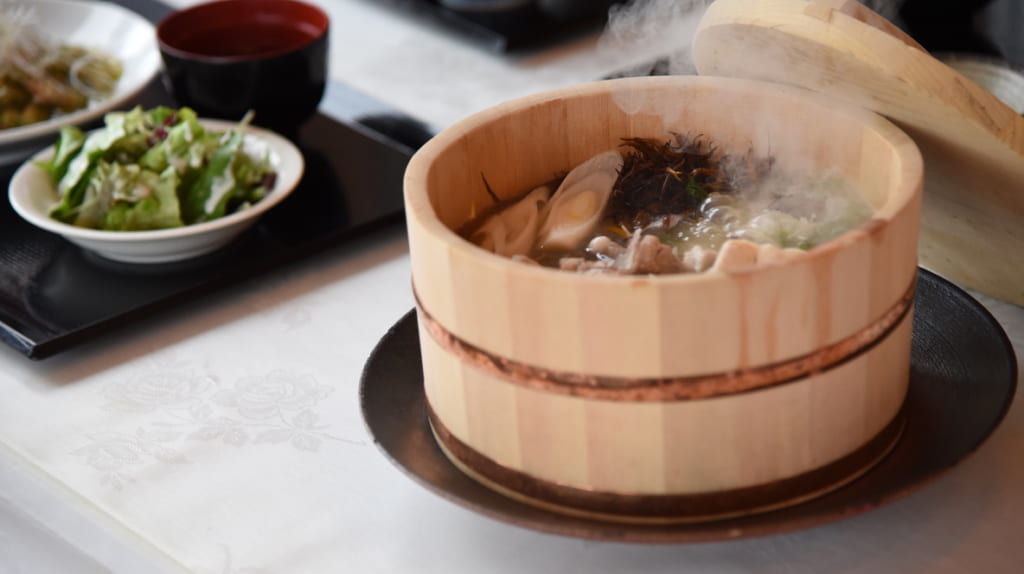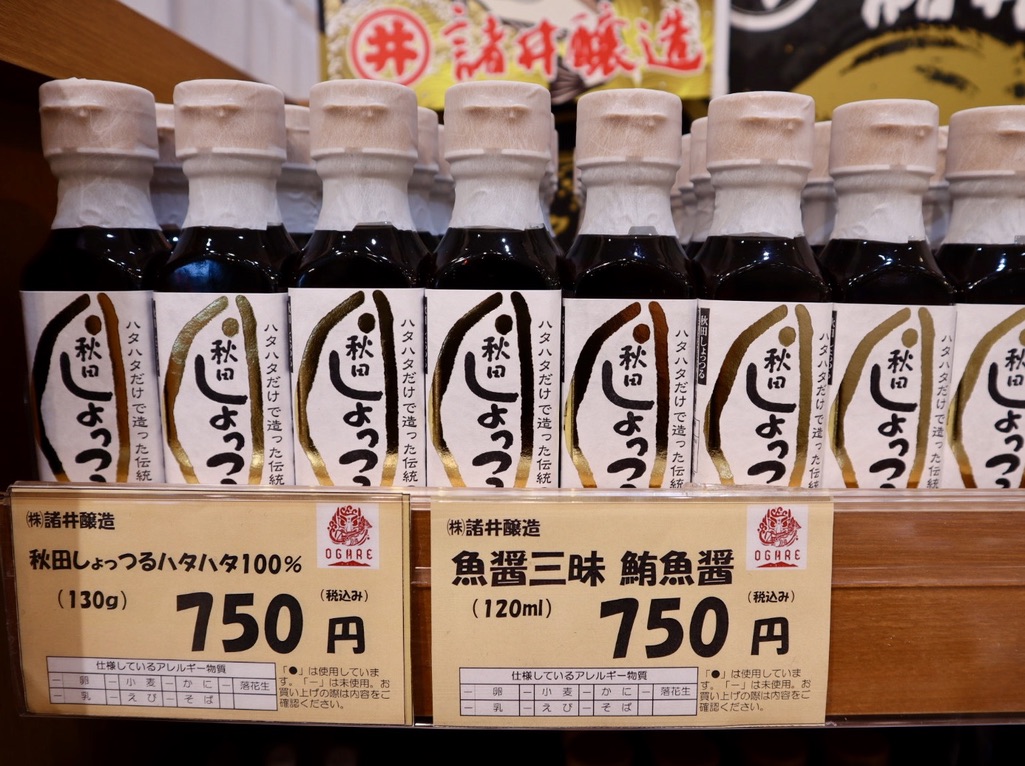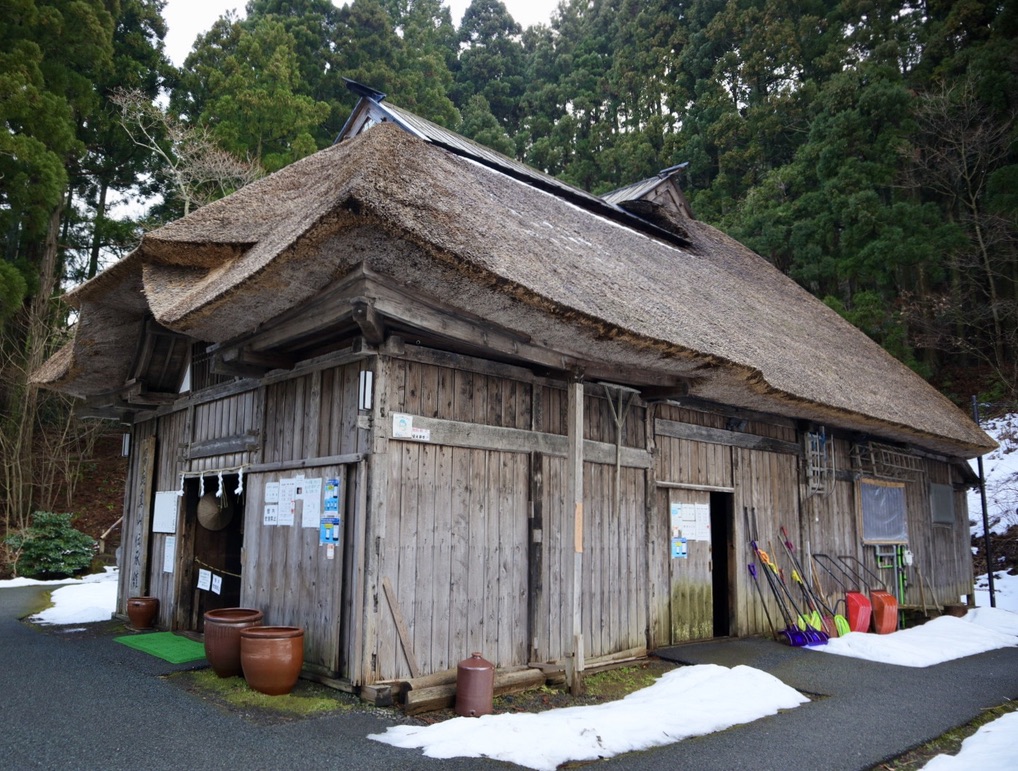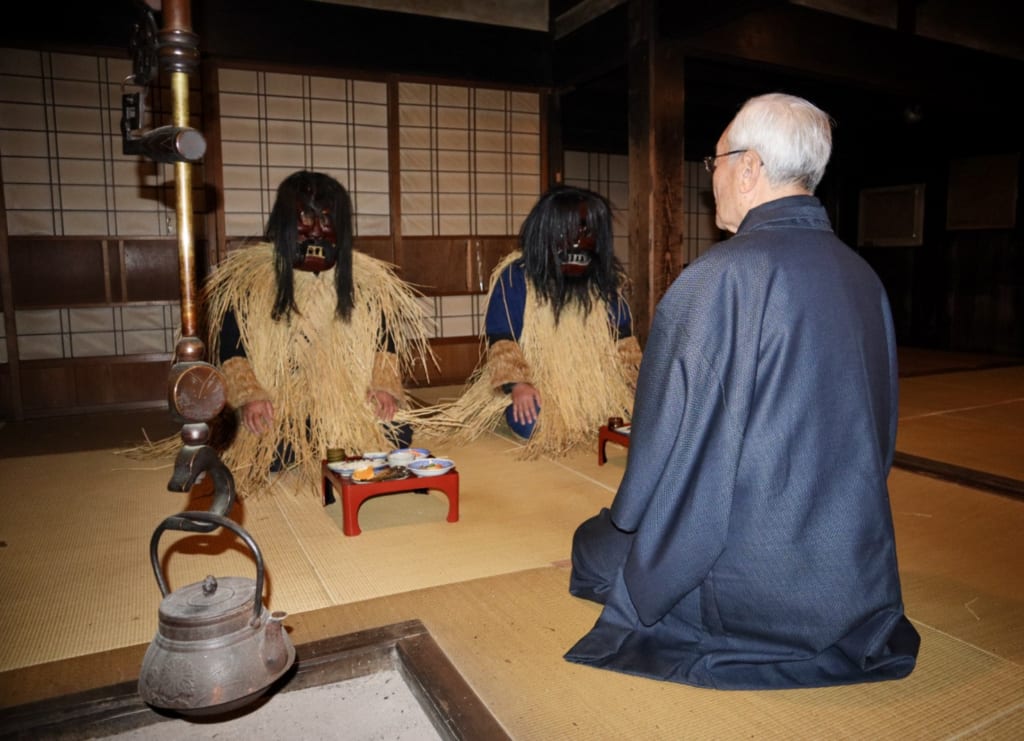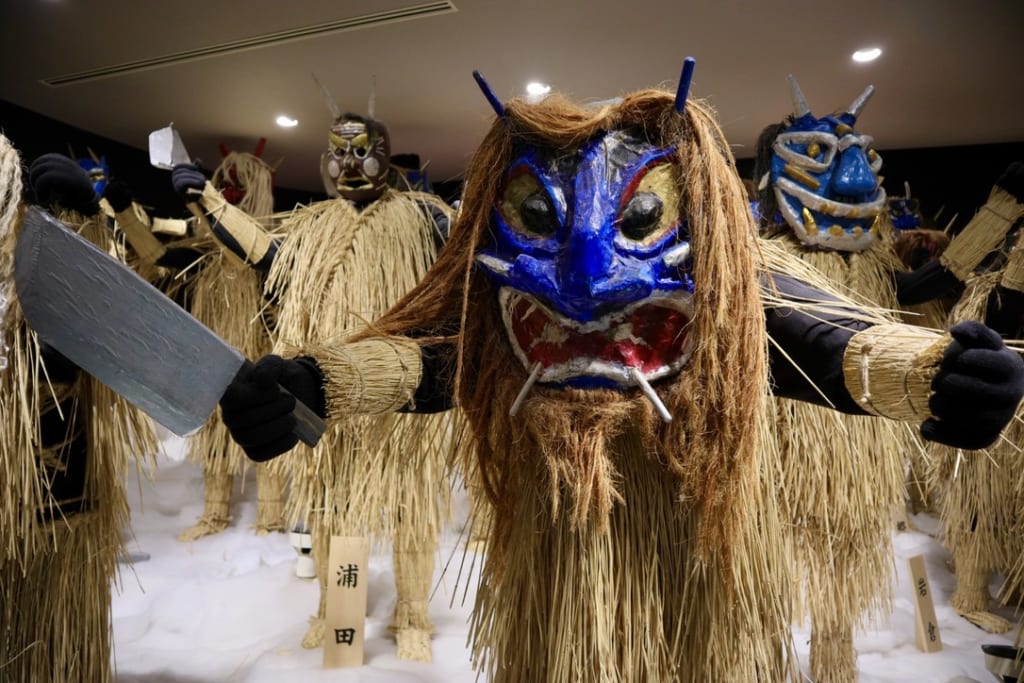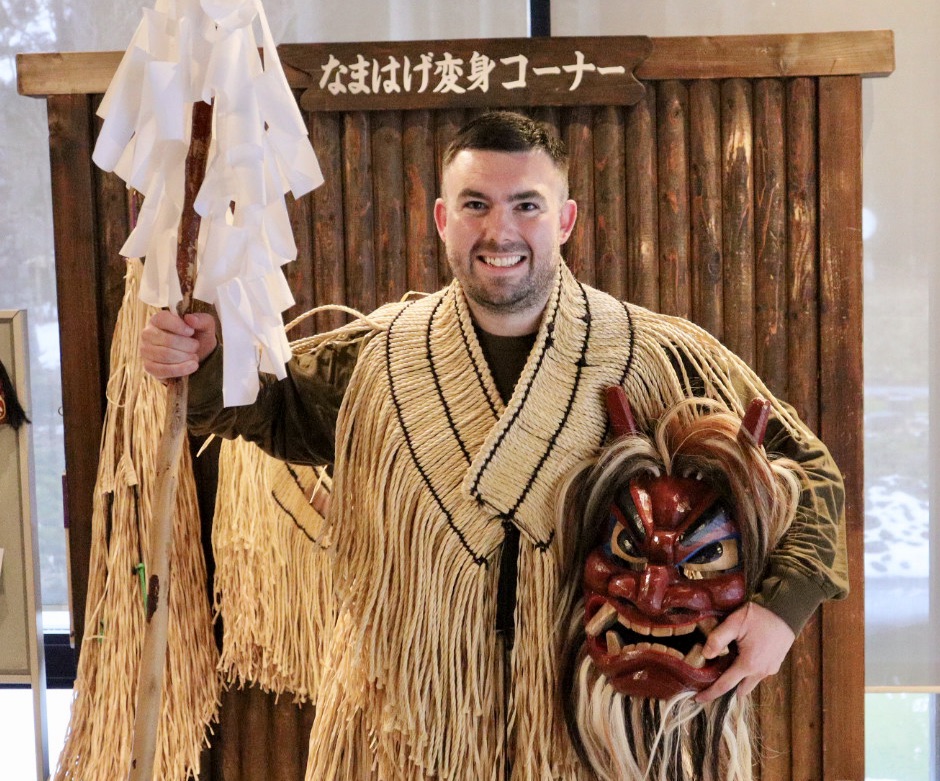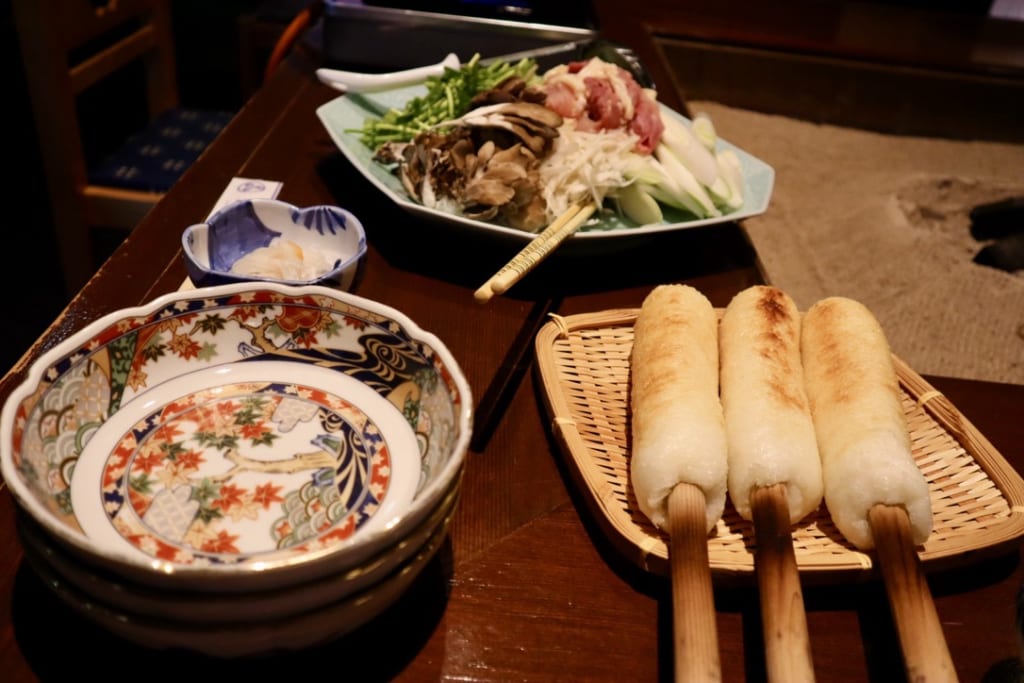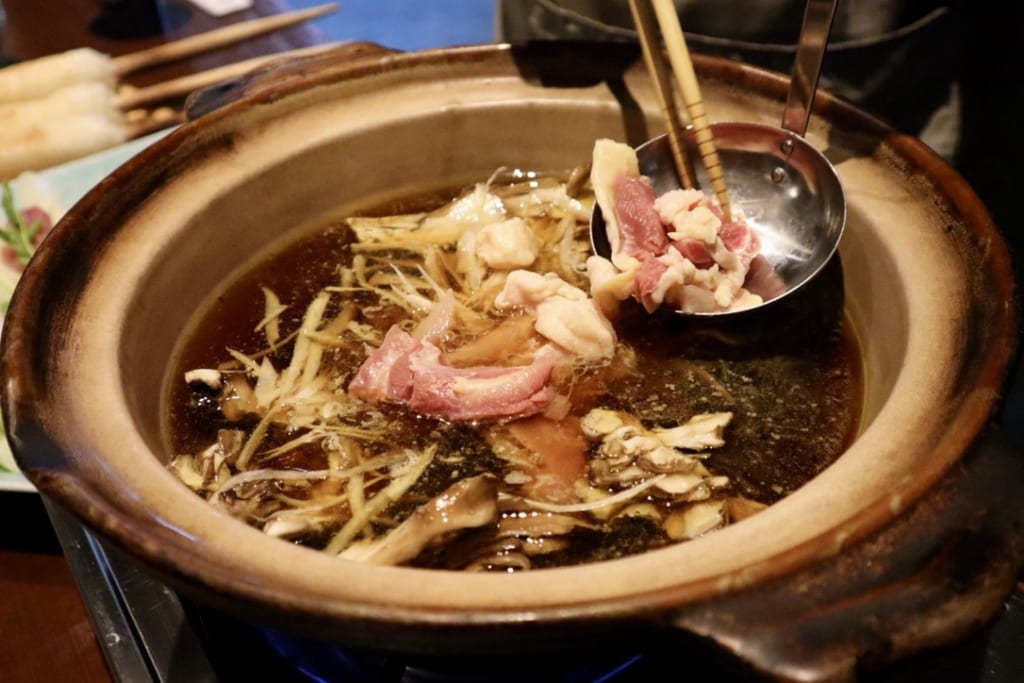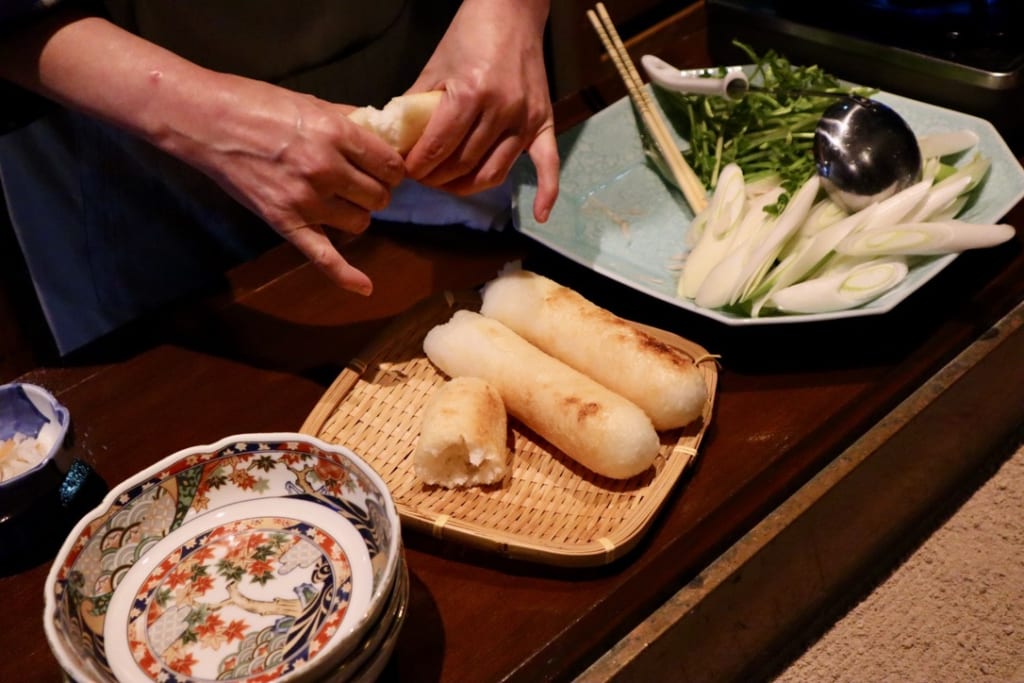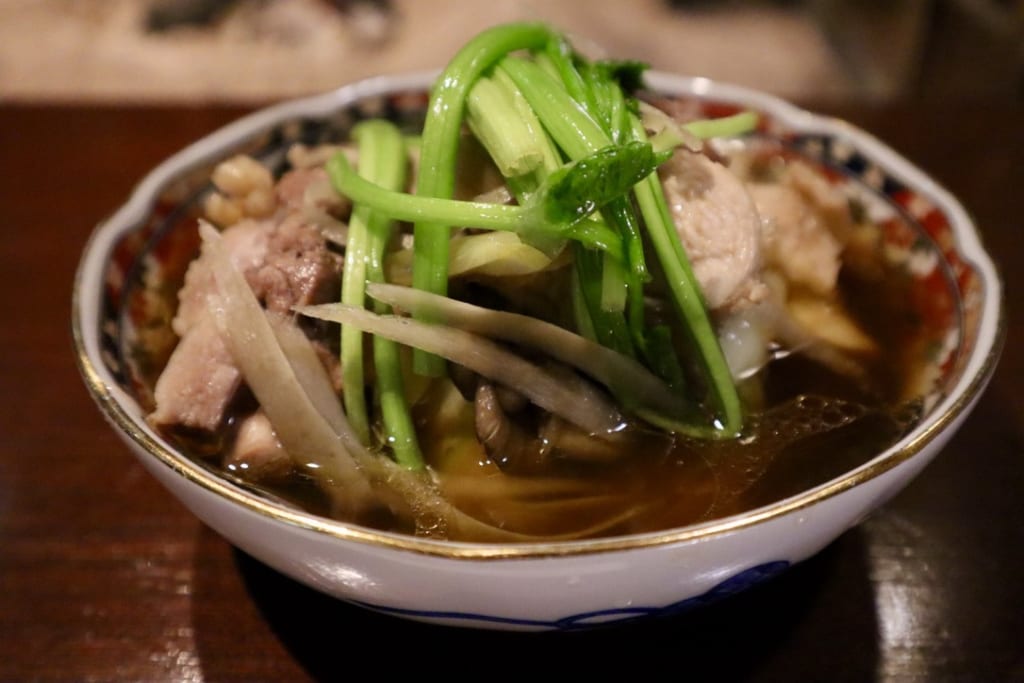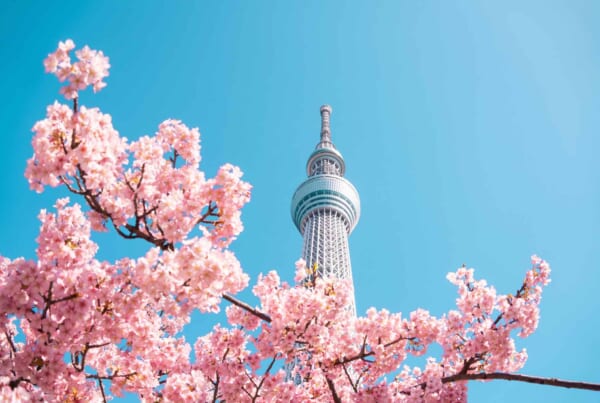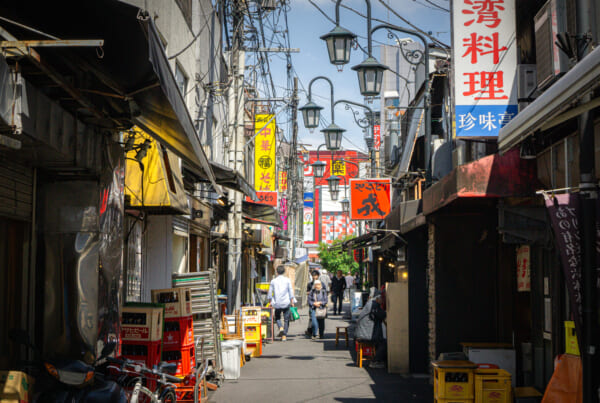A 3 Day Journey on The Hokkaido Shinkansen
Have you ever taken a trip on the Shinkansen in Japan? It is said that the speed and stability of the Shinkansen, which Japanese people usually use for travel and business, make it one of the best passenger trains in the world. On this trip, I took a ride on the Hokkaido Shinkansen, which opened in March 2016. The line connects Shin-Aomori Station in Aomori Prefecture and Shin-Hakodate Hokuto Station in Hokkaido running through the world’s longest undersea tunnel on the way. By March 2030, the line is scheduled to be extended as far as Sapporo, the central city of Hokkaido.
Many visitors to Japan head to the cities of Tokyo, Osaka, and Kyoto on the so-called Golden Route but miss out on the stunning natural beauty and unique culture of Hokkaido. On this trip, I took the Shinkansen to enjoy Akita Prefecture, Aomori Prefecture, and southern Hokkaido in winter. I experienced everything from playing with cute Akita inu in Odate to learning how to balance a 10-meter pole on my hand in Akita, to panoramic views of historic Hakodate, marveling at ancient Jomon settlements in Aomori and enjoying winter activities in this snowy wilderness in Onuma Quasi National Park in southern Hokkaido. By the end of my journey, I had completely fallen in love with this part of Japan and gained an understanding of what makes Akita, Aomori, and Hokkaido so special.
Day 1 – Exploring Akita and the Oga Peninsula Before Eating Kiritanpo Nabe in Odate (this article)
Day 1 Part 2 – Staying in Odate and Learning about Akita Inu Dogs
Day 2 – Exploring the Jomon Culture in Aomori Before Travelling to Hakodate on the Hokkaido Shinkansen
Day 2 Part 2 – Goryokaku in Hakodate and Spending the Night in Yunokawa Onsen
Day 3 – Enjoy seafood in Shikabe and winter activities in Onuma Quasi National Park
My journey started from Tokyo Station on the first Akita-bound Shinkansen of the day. The Shinkansen, with its impressive red face, traveled north at high speed and reached the Tohoku area, passing through the cities of Sendai in Miyagi Prefecture and Morioka in Iwate Prefecture. From the window, mountainous hamlets covered in snow passed by as I arrived in Akita city and I wondered how the Shinkansen, with its metallic flashes of crimson and green, looked from the outside.
Akita Kanto Festival: The Art of Practice
Huge snowdrifts lined the streets as the train pulled into Akita Station, just under 4 hours after leaving Tokyo. It was clear that the city had been battling with winter to maintain business as usual, but I expected cold weather in this part of Japan. Akita is the capital city of Akita Prefecture and borders the Sea of Japan, a rugged place that’s especially known throughout the country for cute dogs and its famous summer festival.
The Akita Kanto Festival takes place every August and has become one of the Three Great Summer Festivals of the Tohoku Region . Originally started 270 years ago, it is said that the Tanabata Festival, a summer ritual to ward off evil spirits and enshrine the ancestral spirits, began with a wish for a good harvest in autumn. The prestigious event involves men balancing bamboo poles (‘kanto’ in Japanese) of up to 12 meters in length from various parts of their body. Each pole bears between 24 and 46 lanterns and is decorated with white paper streamers. It is said that the shape resembles stems of rice swaying lightly in the breeze. The event culminates in Yoru Kanto, a night procession when thousands of illuminated lanterns are marched to the sound of over 100 drums and 500 bamboo flutes. Traditionally, women were not allowed to take part in the festival but this changed in 1967 and many now play the festival music, known as ‘kanto-hayashi’.
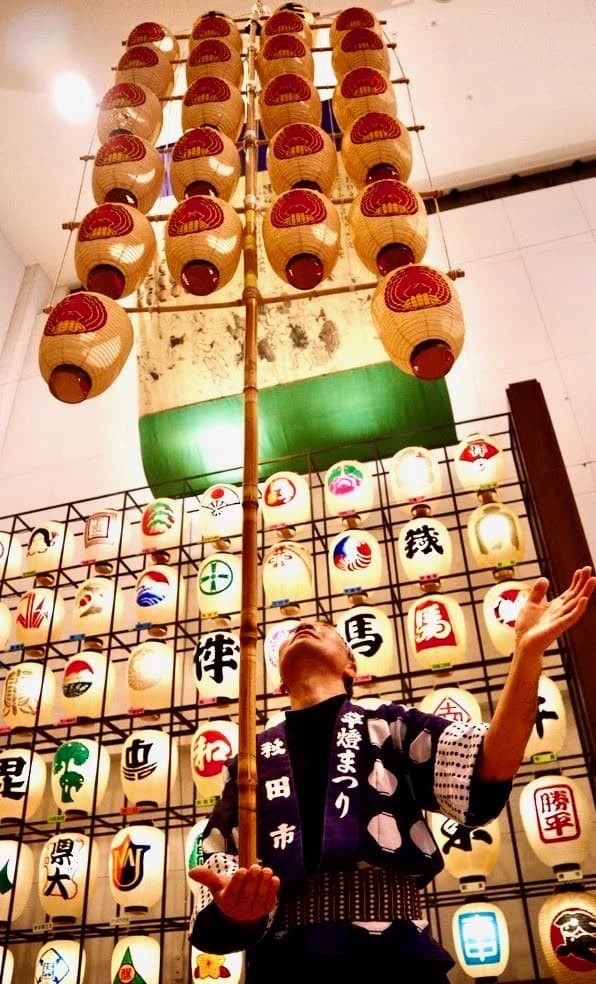
The Akita City Folk Performing Arts Heritage Centre has several interesting exhibits and is a place to learn about the festival. The main hall features poles of various lengths and a wall of individually-decorated paper lanterns that stretches to the ceiling. It was there that I met Toshiki, a young Kanto performer who works at the museum doing demonstrations for visitors. He told me that he started balancing the smallest poles when he was just 2 years old and then gradually progressed to larger ones as his skill improved. Nowadays, he is a master in the art and can balance the longest poles on his palm, forehead, shoulder and lower back as well as carry out the procedure of handing over the pole to a fellow performer.
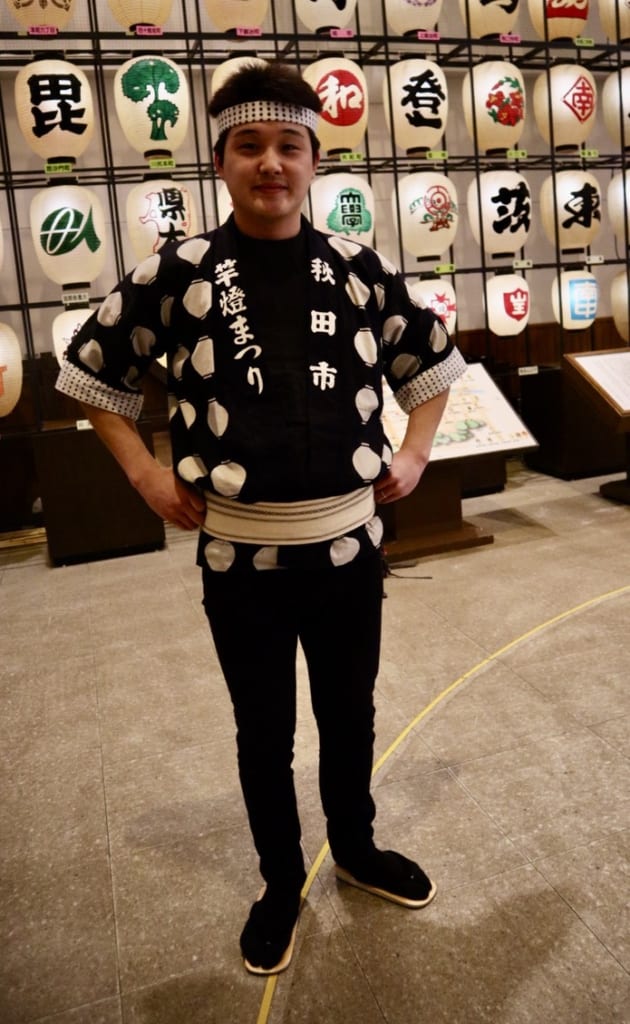
After an impressive demonstration, I got the opportunity to try it for myself. Toshiki helped me into the traditional robe and bandana and then selected a medium-sized pole for me to try. Standing in the centre of the exhibition room, it was difficult to get the right balance at first but, with concentration, I balanced the pole on my hand for around 20 seconds. It was such a satisfying feeling to master it and each time I aligned the pole, I tried to balance it for longer. I could see how a young Toshiki would become fascinated with mastering the skill and spending time at the centre certainly made me want to return in August to see the festival.
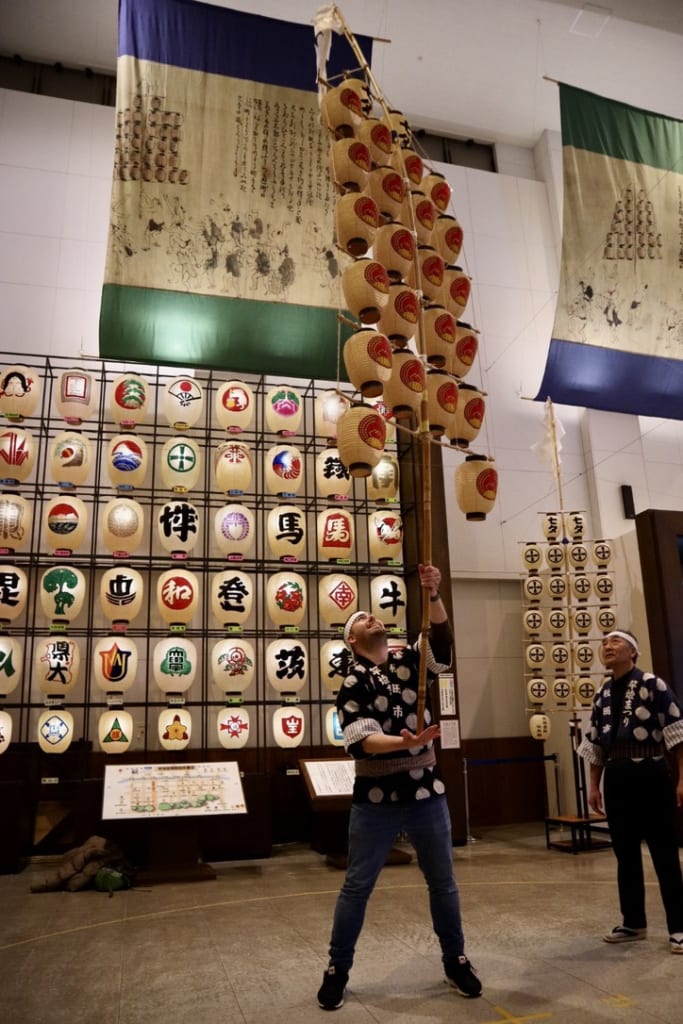
My time in Akita was too short and I was soon back at Akita Station to catch the train to Oga, a city located about an hour north of Akita, on the Oga Peninsula. The commuter-style service made several stops along the way and passed through small towns which gave me a glimpse of local life. As the train neared Oga, symbols for Namahage, a local folk legend, began appearing on station signs, so I was keen to learn more.
Oga: Local Seafood and New Year Traditions
Oga Station sits at the end of the Oga Line and there is an “Oga Station Tourist Information Center” in the station that has a wide selection of English information leaflets about local attractions.
From the station, there are convenient “Ainori (car sharing) Taxi” and “Namahage Shuttle Bus” for sightseeing around the Oga Peninsula. You need to pay attention to the operating hours, so please check the website in advance. For convenience, I had a hire car to use for the day but there were other modes of transportation available outside the station when I arrived.
Michi-no-Eki are government-initiated projects which offer local businesses a space to sell their products. They are often found along major national roads throughout Japan and have facilities such as showers, restaurants, charging points and toilets as well as delicious local produce. Michi-no-Eki Oga, Ogare, situated directly opposite Oga station, has a large supermarket and seafood restaurant. It was lunchtime and, given the close proximity to the Sea of Japan, I was keen to try some seafood.
During the cold winter months, many regions of northern Japan specialise in a hearty hot pot known as ‘nabe’. I ate lunch in the Michi-no-Eki’s spacious restaurant and ordered a selection of set meals to try as well as a seafood nabe. Red sea bream, a succulent and pleasant-tasting fish, features in many dishes from this area and I couldn’t wait to try it.
The waitress placed a large wooden bowl on the table which contained a broth of delicious dashi (fish stock which, on this occasion, contained a local fish sauce known as shottsuru). Hot coals were then placed into the soup and it began to boil almost immediately. The flavours complemented each other perfectly and the fish was tender and delicious. In addition to the nabe, I had fresh sea prawns and crab on a bed of Japanese rice and a dish called shottsurushioyakisoba which was spicy green noodles with crab and vegetables. The noodles had a silky glaze and were the perfect temperature. I had read that Ogare was famous for its varieties of ice cream, especially shottsuru (fish sauce) flavour which, as someone who loves ice cream, I felt I needed to experience before I left.
Bottles of Shottsuru fish sauce Shottsuru ice cream
The soft serve was smooth and creamy with a slightly salty taste and not as fishy as I expected. It was delicious and one of the local specialities that I would certainly recommend in Oga.
The Akita Legend of Namahage
Namahage, a local legend, is a New Year tradition involving hundreds of men across the Oga Peninsula dressing up in masks and straw coats and visiting local dwellings to encourage children to obey their parents. I visited Shinzan, a small village that has become synonymous with the Namahage. According to the legend, demonic spirits descended on the village and began stealing crops and kidnapping local women. In order to get a reprieve, the villagers challenged the spirits to build 1,000 stone steps to the top of Mount Shinzan in one night. If they succeeded, the villagers would supply a young woman to the spirits every year but if they failed then they must leave. Before the spirits could complete their work, a villager mimicked the cry of a rooster, which made the spirits think they had been defeated, so they left. The Namahage have come to embody these spirits and local people believe that they come from the mountains to bring good luck for the year ahead. When modern-day Namahage visit a home, they are appeased by gifts of food and sake from the head of the household, but the legend lives on across the Oga Peninsula to this day.
The Shinzan Folklore Museum is situated in a wooded area adjacent to the Namahage Museum. The drive from Oga Station passed through dense, snow-covered forests and it was easy to imagine scary demon-like spirits emerging from the trees.
I first visited the Shinzan Folklore Museum, where I entered a Japanese home to see a reenactment of the Namahage tradition. The Namahage Museum had a large open-plan room with various styles of mask on display as well as an informative short video that contained actual footage of Namahage visiting a home.
As a child growing up in rural England, my Grandmother would tell stories about scary animals emerging from the nearby woodland to take boys who didn’t eat their dinner. The fear in the children’s eyes in the footage was genuine and took me back to how I felt hearing similar stories as a child. Even though the film was in Japanese, I was provided with a commentary in English. In the foyer of the museum, I got the opportunity to try on Namahage outfits which included a thick, wooden mask, straw cloak and shoes.
Both of these museums were excellent because they offered visitors a multi-sensory experience and I came away with a thorough understanding of the legend. Namahage traditionally leave behind a piece of straw at each house that they visit and, true to form, I was encouraged to take some straw from the reenactment as a symbol of good luck which I still keep in my pocket as a memory of my visit.
My time on the Oga Peninsula had come to an end. Next, we boarded the JR Ou Honsen Line to Odate City, where we were staying. The journey was 2 hours, but the train is comfortable and the time passed relatively quickly.
Kiritanpo: A Hearty Akita Meal to Finish the Day
Before settling into my hotel for the evening and enjoying the views of Odate from the hot spring, it was time to try another speciality from the Akita region. Food in this part of Japan is famed for being hearty and giving people warmth in the often cold climate. Kiritanpo nabe is a soy-based soup containing leeks, mushrooms and burdock root and thickened by adding chunks of compressed rice.
The rice is rolled around cedar sticks and roasted in the embers of a fire pit before being added to the soup. Historically, this dish was eaten by Japanese hunters as the cold rice could be stored on arrows and taken on long journeys. The arrows were placed into a campfire to soften the rice, just as I enjoyed it in a traditional restaurant in Odate. Kiritanpo is the perfect way to satisfy hunger and the soup was rich in vegetables. Following the meal, I drank hot green tea from a local Odate ‘Magewappa’ cup which is cedar wood that has been shaved and bent into shape. I was warmly welcomed in Odate and before leaving the restaurant, the owner asked to have a photograph with me as a memory of my visit.
After such a busy day, it was certainly time to relax in the hotel’s hot spring and get a good nights sleep before continuing my journey to Hokkaido the following day.
The next day I would continue my exploration of Odate with a visit with the famous dogs of the region, the Akita inu.
Access
From Tokyo to Akita, it takes about 3 hours and 50 minutes at a minimum by JR Akita Shinkansen Komachi.
Akita City Folk Performing Arts Heritage Center is about a 15-minute walk from Akita Station.
To Ogare Service Station in Oga, transfer from Akita Station to Ou Main Line and stay on train for about 1 hour to Oga Station. It is a 3-minute walk from the station.
To the Namahage Museum, transfer from Akita Station to Ou Main Line for about 1 hour to Oga Station by train. It takes about 20 minutes from the station by taxi (by reservation only).
Photo by Jonathan Reeve and Mark Webster
Sponsored by the Hokkaido Government




